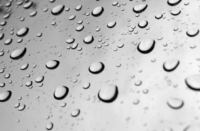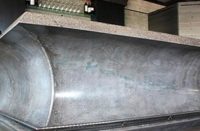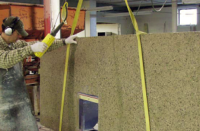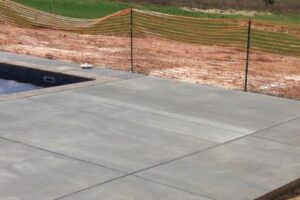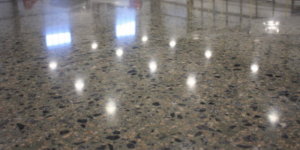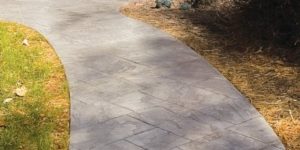Eliminating White Specks in Colored Concrete
Everyone knows you should use white cement to bring out brilliant colors in your concrete projects What isn’t so widely known is how to prevent white specks in colored concrete from appearing in some of those deeper colors. For example, you’re creating a dark blue countertop, and you use white cement and white sand to bring out the blue. After acid washing the surface, you notice white shiny specks. The crystals in the white sand are showing through and reflecting the light. To prevent these white specks in the solid colored surface, use black marble dust instead of white sand. The black marble dust will tone down the pigment somewhat, but it will also eliminate those white specks.
Lee Dawson
Concrete Chemicals of California
www.liquiblack.com
About Liquiblack Colors
ConcreteChemicals produces Liquiblack liquid pigments for concrete, swimming pool plaster, and other cement products, usually sells colors for the cement around the water, not the object in the water. Color your concrete or swimming pool plaster with tasteful colors made at Concrete Chemicals from the finest organic and inorganic pigments. Vibrancy and durability vary slightly depending on variables such as organic or inorganic pigments, white or gray cement, the weather, and other additives.
Organic pigments, while less expensive and easy to use, over time may fade due to sunlight and, in the case of swimming pools, the method of chlorination and sanitation. Organic pigments produce the most vibrant blues and greens, especially in white cement, for swimming pool plaster.
Inorganic pigments also produce a rainbow of blues, greens, tans, reds, yellows, grays, and aquas. Inorganic pigments are very durable and stand up well to UV light and chemical abuse.
Color pigment is carried by the cement. When deciding how much to buy, determine how many pounds of cement you will use. White cement shows off the brighter colors and gives designer effects. Gray cement produces more subtle tones, muted and soft.
